Integrating CAPRA to Land Planning Processes
Since Chile’s 2010 earthquake, another look has been taken at territorial planning and at national land use planning generally, as tools that could be used in some way in disaster risk reduction. However, the traditional mechanisms for incorporation of natural disasters in territorial planning (mainly urban planning) are limited to the identification of damage-prone areas in the event a hazard materializes, and to making the use of at-risk areas contingent upon the implementation of mitigation works by project promoters who, in general, consider them “obstacles to development.”
Traditionally, Chile’s territorial land use planning instruments have been sectoral in scope, but there have been attempts to develop more comprehensive territorial land use policies. The most recent of these are the Regional Land Use Plans (PROT) being prepared in the regions by professionals of each regional government and of other sectoral public agencies. Such initiatives constitute, in turn, both opportunities for the integration of multisector policies based on the knowledge of local realities, and a challenge for regional technical teams.
Due to an initiative of the Secretaría de Desarrollo Regional y Administrativo (SUBDERE), natural risk analysis is a cross-cutting theme of PROT formulation, so that from the risk management standpoint, it represents a unique opportunity to establish the region’s sustainable development policies, since many of the stakeholders involved in PROT preparation are also those with responsibility for approving investment projects – public and private – within regional territory.
In that regard, the TAP in execution in Atacama has posed challenges for professional and technical personnel of the different institutions involved in PROT formulation, who have manifested profound commitment, initially by developing an approach to the subject of natural risks (very poorly understood and researched in every area, despite the recurrence of “natural disasters” in the country), and then by working to understand possible ways to incorporate data generated through the use of CAPRA software on seismic and tsunami hazards in the region into decisions taken in the PROT framework regarding production approaches, intensity of urban land use, conditions imposed on investment projects for disaster risk reduction, etc.
To date, months from project end and from achieving the envisaged outputs, TAP execution in Atacama and the vision of the regional government team leading the PROT process have aroused interest in different public sector agencies regarding aspects of reducing disaster risk in the region. The TAP has also facilitated the creation of long-term strategic partnerships between the public sector and the University of Atacama (a regional university), thus reducing the existing gap between the academic community and society. By these means, the lack of existing data and of installed capacities is slowly being overcome.
We hope that the partnerships and the interest aroused by this TAP in the region will endure and that the CAPRA software and the data generated are used in risk management at the regional level, both through their incorporation in the PROT and in any other type of application.
